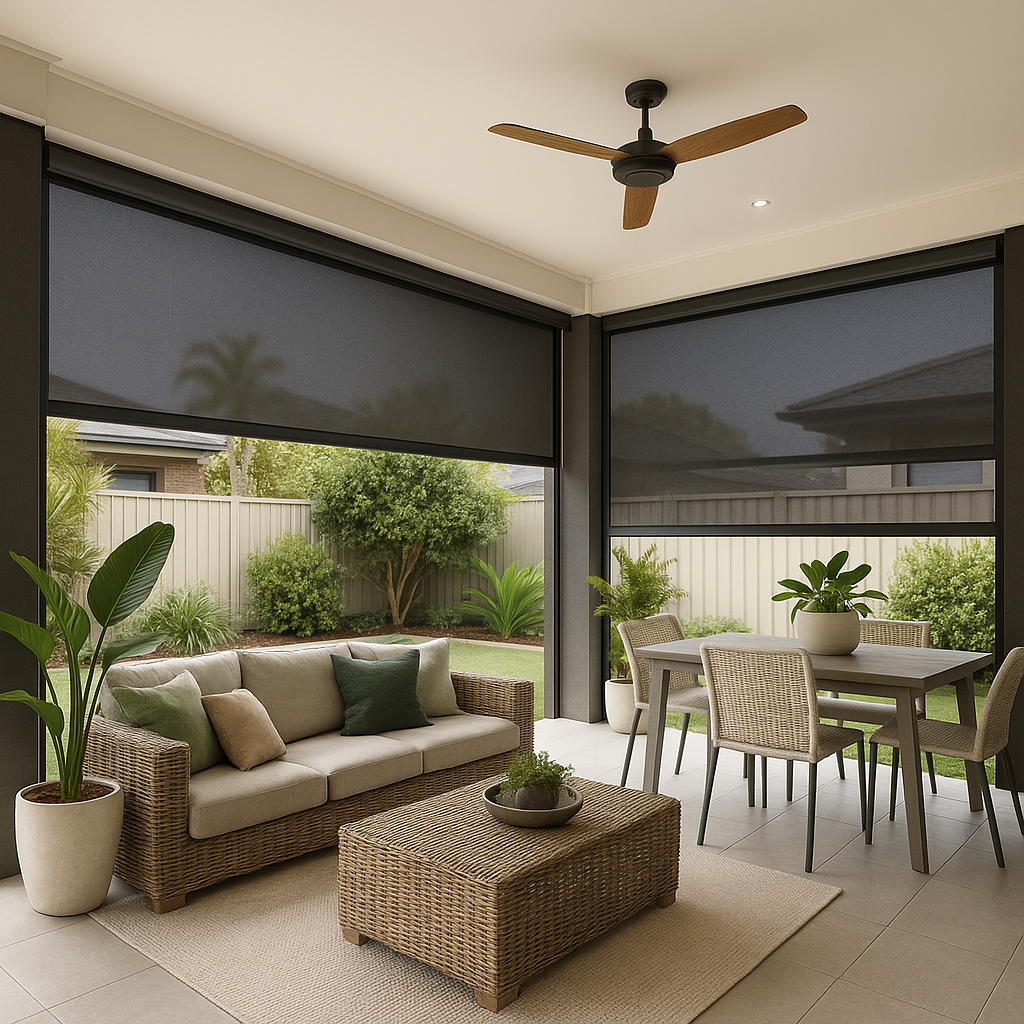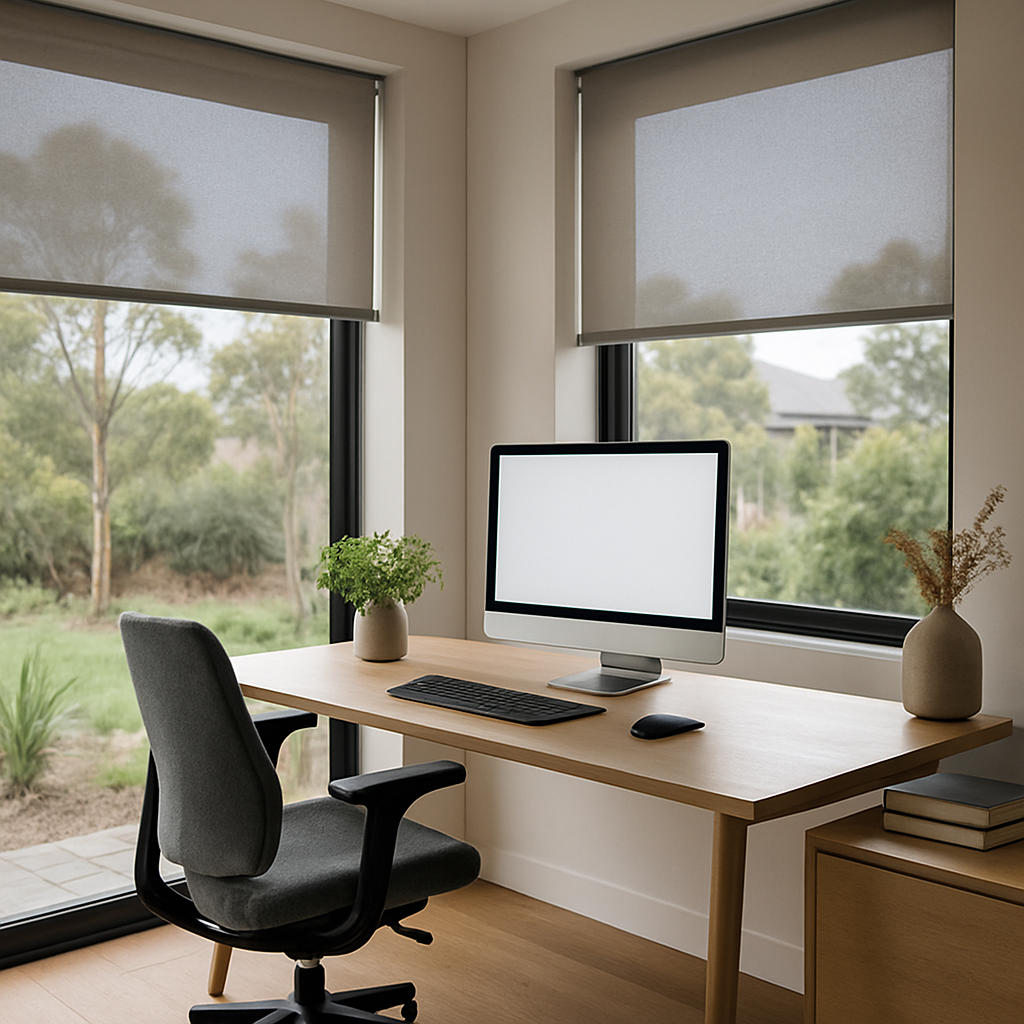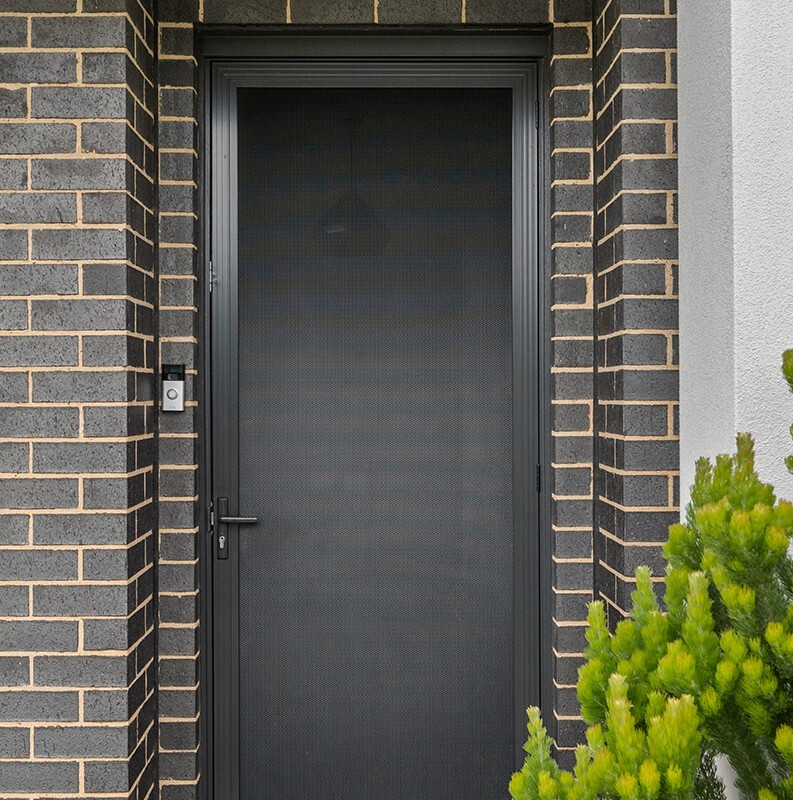When it comes to making the most of your outdoor space—whether it’s a sunny balcony, an alfresco dining area, or a cozy deck—what you choose to shield your space matters. At Security Plus Shutters, Doors & Blinds, we believe your...
The Role of Window Furnishings in Sustainable Home Design
In sustainable home design, every element plays a crucial part in creating an eco-friendly living environment. Among these, window furnishings are often overlooked, yet they hold significant potential in enhancing a home's sustainability. At Security Plus Shutters, Doors & Blinds, we understand the importance of incorporating green practices into every aspect of home design, including the choice of window treatments. This guide explores how the right window furnishings can contribute to sustainable home design, reducing environmental impact while maintaining comfort and style.

Enhancing Energy Efficiency
One of the primary roles of window furnishings in sustainable home design is their ability to improve energy efficiency. By controlling the amount of heat and light that enters a home, window treatments can significantly reduce the need for artificial heating and cooling, thereby lowering energy consumption. During summer, reflective blinds or external shutters can prevent excessive heat from entering, keeping interiors cool. In colder months, insulated curtains or cellular blinds trap warmth inside, reducing the need for heating. This not only contributes to a more sustainable home but also leads to substantial energy cost savings.
Utilising Eco-Friendly Materials
The sustainability of window furnishings also extends to the materials they are made from. Eco-friendly options include natural fabrics like organic cotton, linen, and bamboo for curtains and blinds, as well as sustainably sourced wood for shutters. These materials are not only renewable but often come with lower environmental footprints due to their natural, less energy-intensive production processes. By choosing window treatments made from eco-friendly materials, homeowners can reduce their ecological impact while supporting sustainable industry practices.
Promoting Natural Light and Ventilation
Maximising the use of natural light and ventilation is a key principle in sustainable home design. Window furnishings play a vital role in this aspect by allowing homeowners to control the flow of natural light and air into their homes. Light-filtering shades and blinds can diffuse sunlight, illuminating interiors without the harshness of direct sunlight, thus reducing the need for artificial lighting. Similarly, adjustable shutters and louvred blinds can be oriented to promote natural airflow, enhancing indoor air quality and reducing the reliance on air conditioning.
Reducing Carbon Footprint Through Thermal Insulation
Window treatments can provide excellent thermal insulation, further contributing to a home's sustainability by reducing its carbon footprint. Insulated drapes, honeycomb blinds, and plantation shutters create a barrier against temperature extremes, helping to maintain a stable and comfortable indoor climate. This insulation reduces the energy required for heating and cooling, directly contributing to a reduction in greenhouse gas emissions associated with energy production.
Longevity and Durability
Sustainability is not just about the materials used or the energy saved; it also concerns the longevity and durability of the products we choose. High-quality window furnishings that are built to last reduce the need for frequent replacements, diminishing waste and the consumption of resources over time. Investing in durable window treatments, therefore, aligns with the principles of sustainable living, emphasising reuse and longevity over disposability.
Enhancing Indoor Environmental Quality
Beyond energy efficiency and material sustainability, window furnishings can also enhance the indoor environmental quality of a home. Natural materials contribute less to indoor pollution compared to synthetic alternatives, which can off-gas volatile organic compounds (VOCs). Furthermore, the ability to control light and ventilation with window treatments can prevent the growth of mould and mildew, ensuring a healthier indoor environment.
Sustainable Maintenance Practices
The sustainability of window furnishings extends to their maintenance. Eco-friendly window treatments are often designed with ease of maintenance in mind, requiring less frequent cleaning and the use of less harsh chemicals. For example, dust-resistant materials and finishes can keep window treatments cleaner for longer, while washable fabrics eliminate the need for chemical dry cleaning.
Conclusion
In the pursuit of sustainable home design, window furnishings are more than mere decorative elements; they are instrumental in promoting energy efficiency, utilising eco-friendly materials, maximising natural light and ventilation, and enhancing indoor environmental quality. At Security Plus Shutters, Doors & Blinds, we are committed to offering a range of sustainable window treatment solutions that contribute to the creation of eco-friendly homes. By making informed choices about window furnishings, homeowners can significantly impact their home's sustainability, ensuring comfort, style, and environmental responsibility coexist harmoniously in their living spaces.



